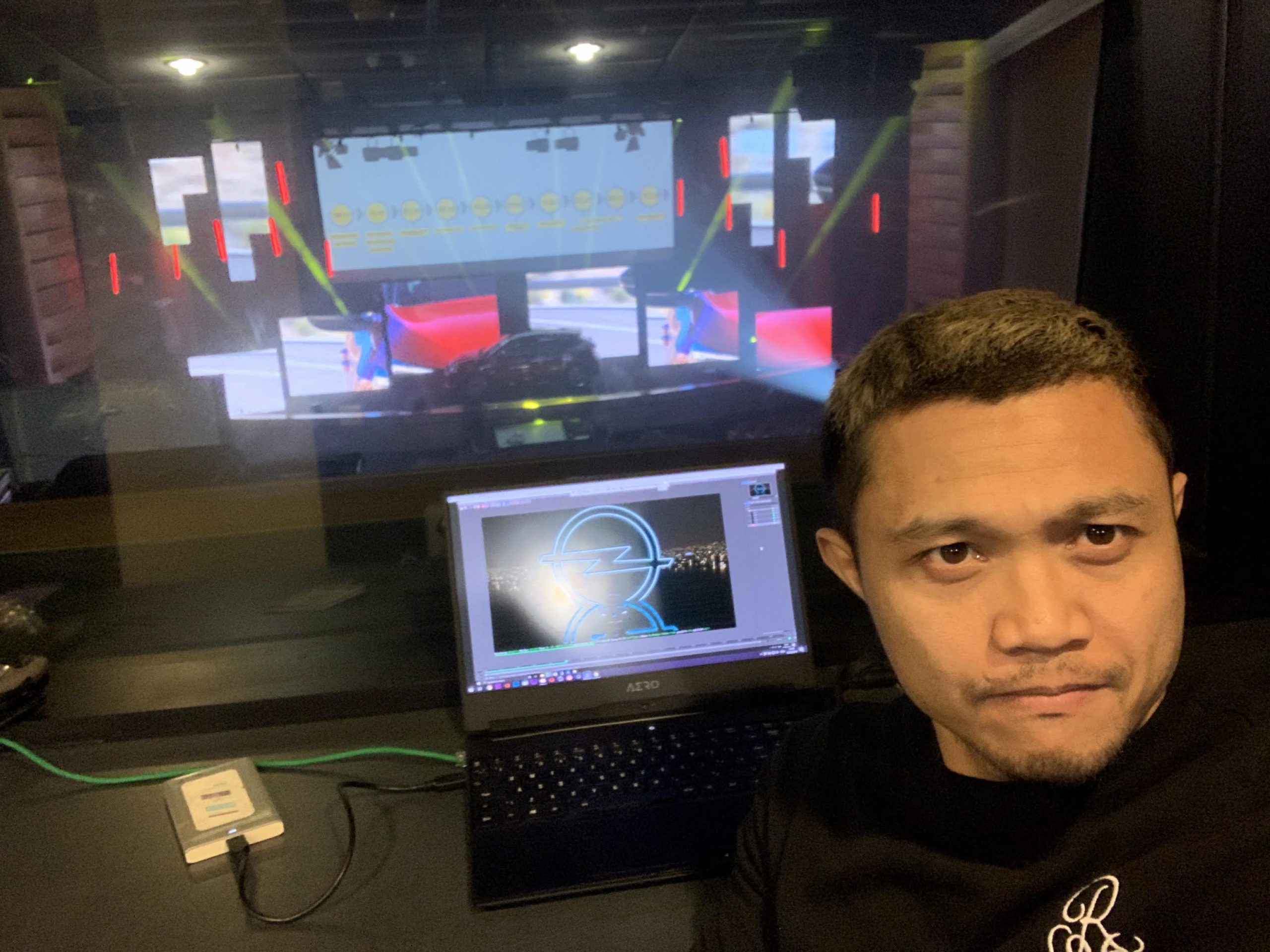“Improve Skills with Reverse Engineering and the Support of the Creative Community”
Interview with Chanikul Dechpholkrang, Lead 3D artist at Observatory
Observatory – Could you tell us about your background and career path? How did you get into the industry, and how long have you been working there?
Chanikul – What inspired me to be in this industry was my passion for creating art. As a child, I was always the most creative one in the classroom. However, the turning point for me was after I watched the movie Avatar. The special effects in that film were mind-boggling and fascinating to me, and I became curious about how they were created. So, I decided to study Digital Effects at Bournemouth University and received my Master’s degree in 2012. After graduation, I began working with Ben, Founder of Observatory, and have been in the industry ever since.

Observatory – How did you get to Observatory, and how do you find your time here?
Chanikul – When I first started working for the company, it was called Lightrhythm Visual. Later, it became Observatory Creative. I’ve now been working for the company for over 6 years and have really enjoyed my time here. I’ve had the opportunity to work on a variety of projects and create many beautiful pieces of content.
Observatory – What has shaped your vision and approach as a creative professional?
Chanikul – Many of the projects I work on have very tight deadlines, so I often don’t have much time for research and development. In these cases, I look to other works that have been done before and try to adapt their ideas to the project. The creative community is a big help in getting projects from A to B. I also find YouTube and Pinterest to be great sources of inspiration for my own creativity.
Observatory – What is your favourite part of the creation process?
Chanikul – I’d say I’m a 3D generalist because of the work I’ve done. I have to be proficient across multiple disciplines, including modelling, lighting, texturing, shading/look development, FX, animation, shot, composition and rendering. However, my favourite part of the creation process is the rendering stage, when I get to see my vision come alive. It’s very rewarding to see all of the pieces come together.
Observatory – What are the projects in your portfolio you’re proud of?
Chanikul – I enjoy every project I work on because each one presents its own unique challenges. My favourite project so far would have to be the one we did for the British Museum – we worked on a section where the Mexican embassy and the British Library collected the names of people who had passed away recently. During part of the show, these names scrolled up on the front of the British Museum as a way to pay homage to those people. The project was screened around the time of the Day of the Dead.
And my second favourite is the project we created for Dua Lipa’s show for American Music Awards. We delivered content on an LED cylinder and 2 projection canvases in the Royal Albert Hall. It was really satisfying to see our creativity displayed on such big screens and mediums.
Observatory – Who are your favourite artists?
Chanikul – My favourite artists range from those in the early motion picture era, such as Saul Bass, Maurice Binder, Stephen Frankfurt, Pablo Ferro, Kyle Cooper, and Richard Greenberg, to modern-day creators like Beeple. They have all had a significant impact on the industry and have inspired me in my own work.
Observatory – Creatives are sometimes stuck at the start, unsure of where to begin. Do you have any tips on how to overcome it? Where do you get your ideas and inspiration?
Chanikul – When I’m stuck and unsure of where to begin, I find that YouTube is a great place to find inspiration. Sometimes, when I just can’t shake an idea out of my head, I find that adapting is a helpful way to get things done. It’s okay to borrow ideas and adapt them to fit your own needs and vision. That’s how we grow and learn as creatives.
Observatory – Do you have any ultimate secrets or principles of design?
Chanikul – One technique I use when learning new tools is reverse engineering. I find that the creative community is very generous and helpful, and there are often free resources and scene files available for download and study. This allows me to see how amazing artists have created their work and learn from them. It’s a great way to improve and grow as a designer.
Observatory – What are your thoughts on technology’s impact on content creation? Is it positive or negative? Do innovative tools drive the content?
Chanikul – It’s a complex topic that could be discussed at length, and it’s important to consider all sides and viewpoints in a fair context. Technology has definitely had a big impact on content creation. On one hand, innovative tools can drive the creation of new and exciting content. On the other hand, the rise of AI art has sparked a debate about whether it is good for art or bad for artists. It’s a complex topic that could be discussed at length.
Observatory – What upcoming changes or trends could you think about?
Chanikul – Since we are mostly working with the music and broadcast industries, I’ve noticed a trend towards the use of real-time rendering tools like Unreal Engine. I am currently getting into it, and I think it will be an important part of the industry’s future. I believe it will become more widely used by artists and studios moving forward.
GET IN TOUCH
Address
Observatory Creative Ltd.
design district, Building A2,
London, se10 0BJ